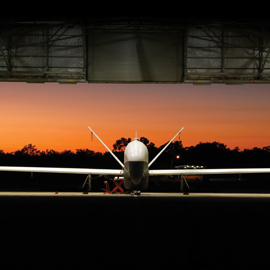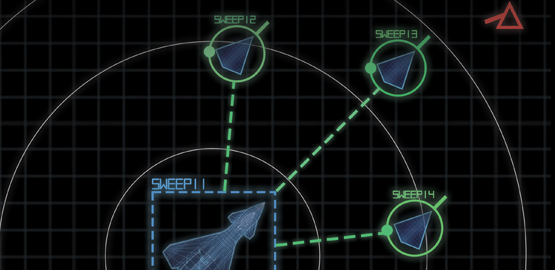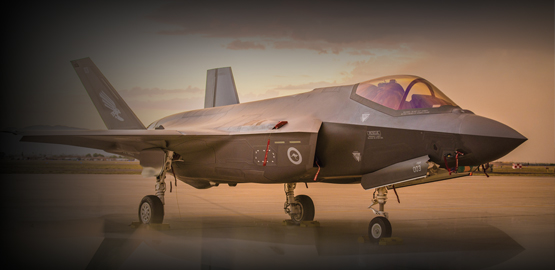Publications
"Nobody does defense policy better than CSBA. Their work on strategic and budgetary topics manages to combine first-rate quality and in-depth research with timeliness and accessibility—which is why so many professionals consider their products indispensable." – Gideon Rose, Editor of Foreign Affairs, 2010-2021
Know When to Hold ‘Em, Know When to Fold ‘Em: A new Transformation Plan for the Navy’s Surface Battle Line
When hearing the term “ships-of-the-line”—warships that take their place in a navy’s line of battle—most think of old two- or three-deck sailing ships carrying large cannon batteries, or perhaps steam-powered, armored battleships. Since entering the age of jet aircraft, guided missiles, and nuclear-powered submarines, however, the US Navy’s “surface battle line” consists of battle force capable (BFC) surface combatants—large, multi-mission and focused-mission warships designed first to operate as part of a fast Carrier Strike Group. These include guided missile cruisers (CGs), guided-missile destroyers (DDGs), and general-purpose destroyers (DDs). Battle force capable combatants are separate and distinct from legacy protection of shipping combatants (now known as frigates and guided missile frigates) and newer littoral combat ships, both of which are smaller, and less capable, focused-mission warships.
Six Decades of Guided Munitions and Battle Networks: Progress and Prospects
The research and analysis underlying this report began in 2003 and aimed at answering the following question. How has the maturation of non-nuclear guided munitions during the late 1980s and early 1990s affected the conduct of warfare by advanced militaries, especially by the various combat arms of the US armed forces? In this context, guided munitions were understood to be those that could actively home on their targets or aim-points after being fired, released, or launched.
Long-Range Strike: Imperatives, Urgency and Options
This report has two main thrusts: first, to articulate the prospective role of long-range strike (LRS) in future US military strategy; and, second, to explore American LRS needs in the mid- to long-term.
The Cruise Missile Challenge
The growth of foreign ballistic missile arsenals has received considerable attention in recent years. Less noticed has been the spread of increasingly capable cruise missiles. The 2003 Iraq War showed that while the United States has made strides in protecting its forces against ballistic missiles, it has placed far less effort on addressing the threat posed by cruise missiles. While US and Kuwaiti Patriot theater ballistic missile defense (TBMD) batteries intercepted and destroyed all nine Iraqi ballistic missiles launched at military targets, they failed to detect or intercept any of the five HY-2/CSSC-3 Seersucker cruise missiles launched against Kuwait. One came close to hitting Camp Commando, the US Marine Corps headquarters in Kuwait, on the first day of the war. Another landed just outside a shopping mall in Kuwait City. The missiles also contributed to fratricide, causing the loss of two coalition aircraft and the death of three crewmembers.
Forging the Sword: Unit Manning in the US Army
The Army’s plan for “Unit-Focused Stabilization”—organizing soldiers into combat units that would remain intact for about three years at a time—will implement an approach to personnel management that has been ardently promoted for decades both by some of the Service’s most distinguished general officers and by some of its most prominent internal critics. This approach, which is generally referred to as “unit manning,” marks a sharp departure from the Army’s practice during most of the 20th century. In the past, personnel were routinely moved in and out of combat units, even during major wars in Vietnam and Korea, according to the dictates of a system focused on developing the careers of individual soldiers by moving them though a variety of assignments rather than on maximizing the organizational stability of units.
Naval Transformation and the Littoral Combat Ship
A thorough review of the forces impelling current naval transformation efforts, the arguments for and against small combatants made during the Streetfighter debates, the Navy’s broader transformation plans, the potential role of small combatants in the 21st century “Assured Access Navy,” as well as the design goals for the Navy’s new Littoral Combat Ship leads to the following proposition: small network combatants have an important role to play in 21st century naval warfare, and the reconfigurable Littoral Combat Ship may make important warfighting contributions as part of the Navy’s 21st century “Total Force Battle Network” (TFBN).



























